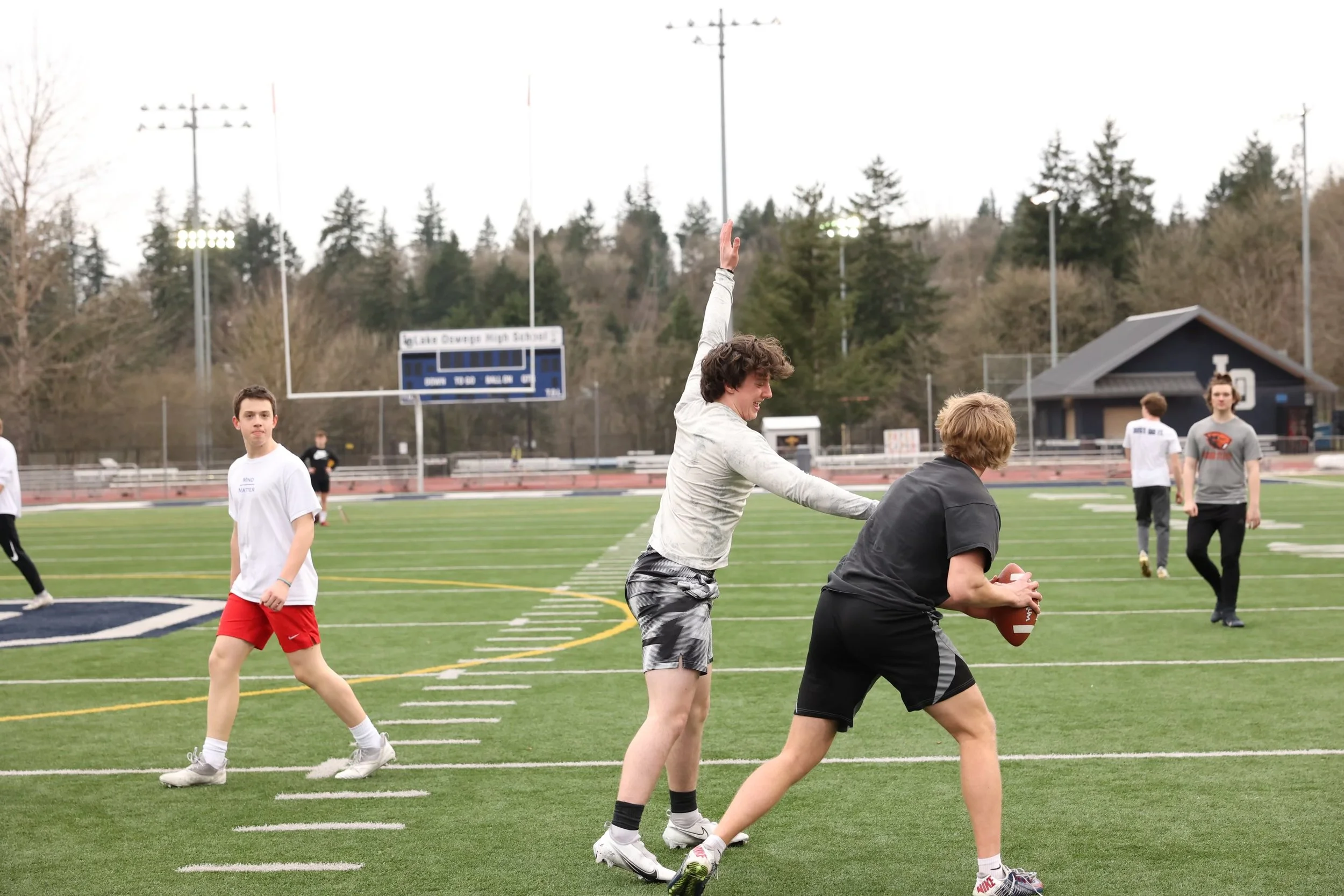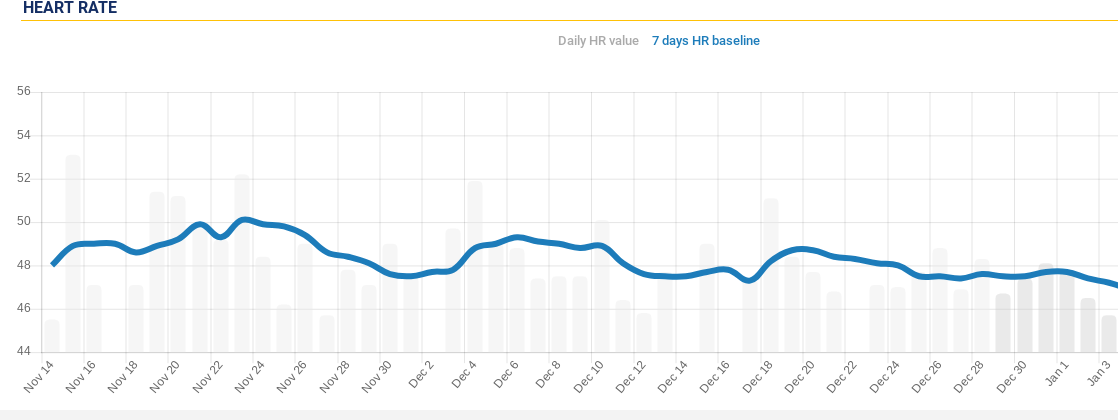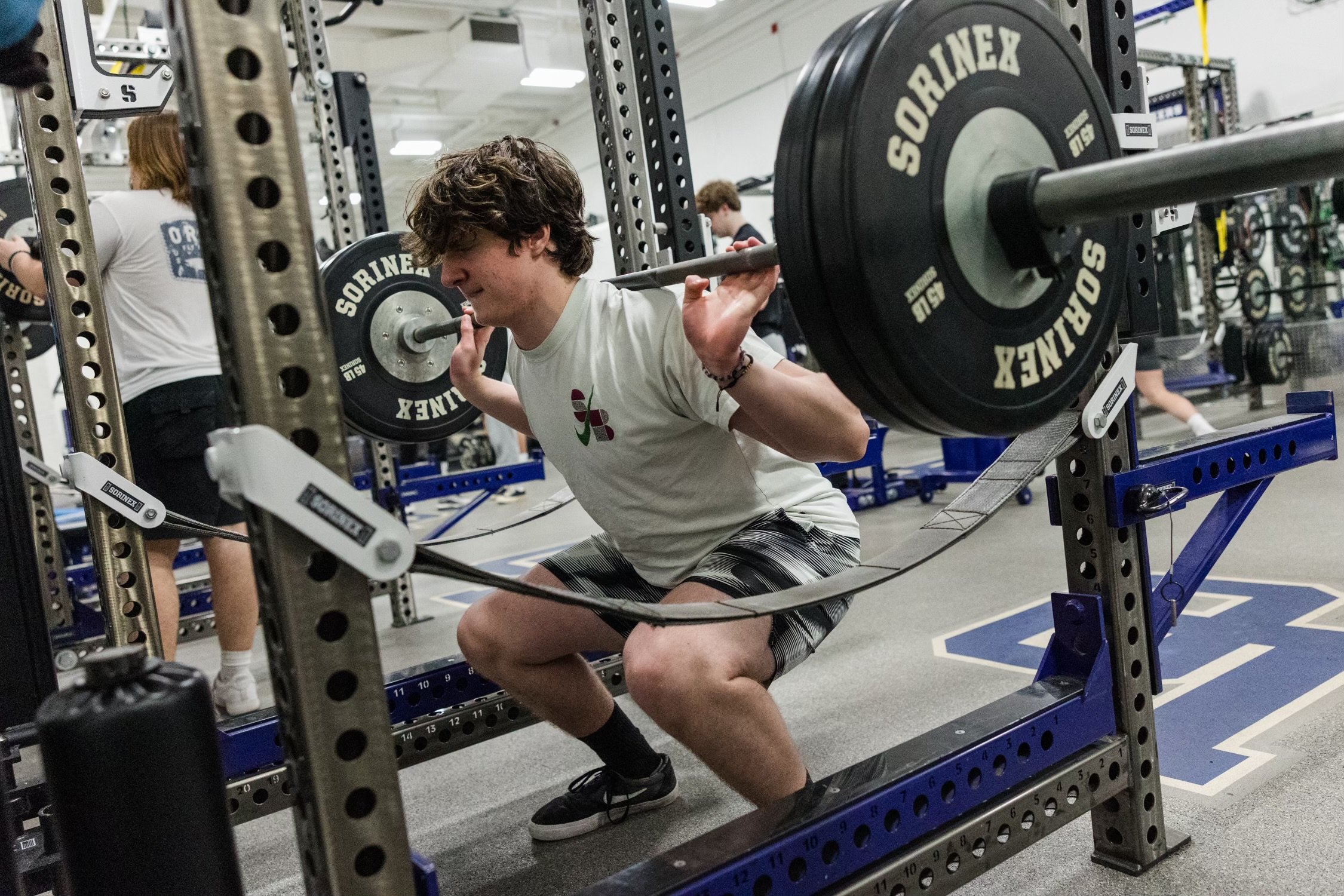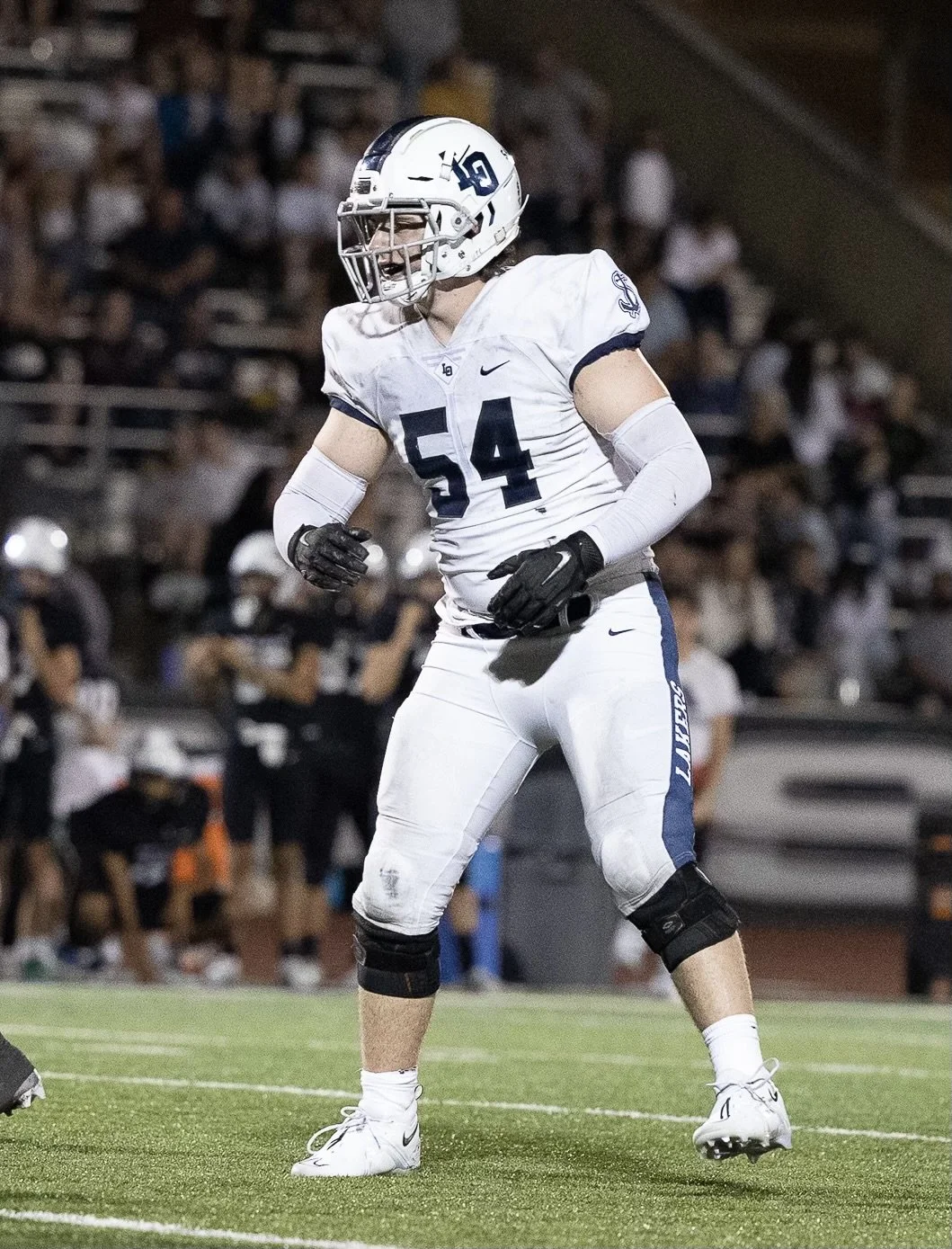The Shaping Of A High School Football Athlete Part 2: Being Heroically Consistent
I am not in the manufacturing business. I am not developing or producing athletes like they are coming off of an assembly line. I see it more as shaping an environment which allows the athlete and myself to collaborate on their goals from a physical standpoint. The progress is not a linear one, it will have its ups and downs and stagnation during certain times. This is normal and should not cause a knee jerk reaction or panic from the athlete or parents. This is one reason why I need to let the athletes express what they wish to accomplish, not what I want them to do. Too often in youth sports, the coach interjects suggestions during games and practices which inhibit the creativity of the athlete. To have sports be athlete centered, we need to give athletes control of their own destiny.
When I sat down to design the off-season training for Hunter and his teammates, there were several constraints I needed to be aware of. First was the space issue within our weight room. The weight room is open from 4-7 p.m. M-F, and multiple teams would be using it. Understanding what physical qualities we wanted to work on, equipment we could or could not use, the training age of the athletes, and the number of athletes, would factor into the decision process. Second factor was the weather. Between November and April, rain is always in the forecast. This would limit how much uphill sprinting we could do because of slick surfaces. This would also limit our space for large groups to do jump training. Performing tempo runs, body weight circuits, and other low level exercises could be accomplished outside.
Once I had a clear understanding of how I was going to begin this first off-season, the monitoring of the athletes was the next step which I would be implementing. The second piece of technology we started using were heart rate monitors. I started with 5 athletes. The heart rate monitors would be used during our tempo sessions for intensity control so the athlete was not working too hard. The third piece of technology I would implement would be TrueCoach. This is the platform where all of the athletes training sessions would be displayed and they would have the app on their phone. This would allow me to have each athlete have their training sessions on their phone and free me up to observe sessions. Last, we started using Heart Rate Variability (HRV). Hunter would take a test each morning from his phone camera (www.hrv4t.com). This would allow me to see how Hunter was adapting to the training. I have been using HRV since 2003.
During the first 4 months of training from November - March 2022, Hunter performed lots of general movements consisting of body weight circuits upper/lower, short sprints (>30 yards), tempo runs, medicine ball work, and basic gymnastics. The only traditional barbell exercise he did was bench press. The goal of this period was to improve his overall work capacity (work before work rate). I needed for him to develop his fitness levels so when we began to increase intensity later in his career, the recovery would be at a high level. Through building his work capacity, the overall intensity was kept low, thus allowing him to come back day after day. The consistency was key.
After 4 months, and the week before spring break, we re-tested 3 events. His broad jump went up to 9 '2”, his triple jump was now 28’, vertical jump 33”, and his bench press 255 lbs.
After Hunter returned from spring break, the structure of the training changed. I started Hunter on an introduction strength block of back squats, over 4 weeks, the weight waved from 185 lbs to 225 lbs. Sets ranged from 3-5 and reps 3-8. Each set of squats was paired with some type of jump (pogo jumps, A-skips, ankle pops, etc). Progression from more rudimentary jumps to low hurdle jumps (7-12”) and up to a box, low (6-12”) depth jumps to a broad jump. Introduction of change of direction (COD) started during this period as well. This was done through different games of tag, 5-10-5 shuttle races, and ultimate football. 2 days a week was devoted to conditioning through different tempo run sessions (running backwards, weave, carioca, and side shuffle), continued with medicine ball work (500-800 throws per session), and other general strength circuits (pedestal and pillar for example).
This training period lasted from March up to the first day of practice which was August 15th, 2022. One week prior I retested Hunter on the 3 events, broad jump, bench press, and 2 leg triple jump. His broad jump was now 9’5”, bench press 275 lbs,vertical jump 34”, and triple jump 28’11”.
This was a great off-season for Hunter. He only missed 7 training sessions over the past 8 months due to illness, school commitments, or fatigue. He started the first day of practice healthy and ready to perform.





